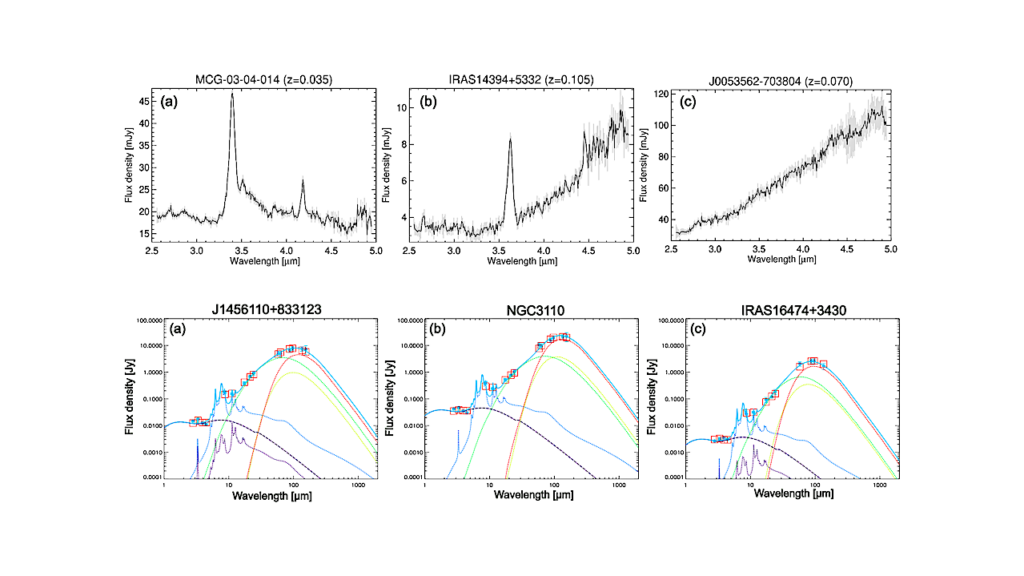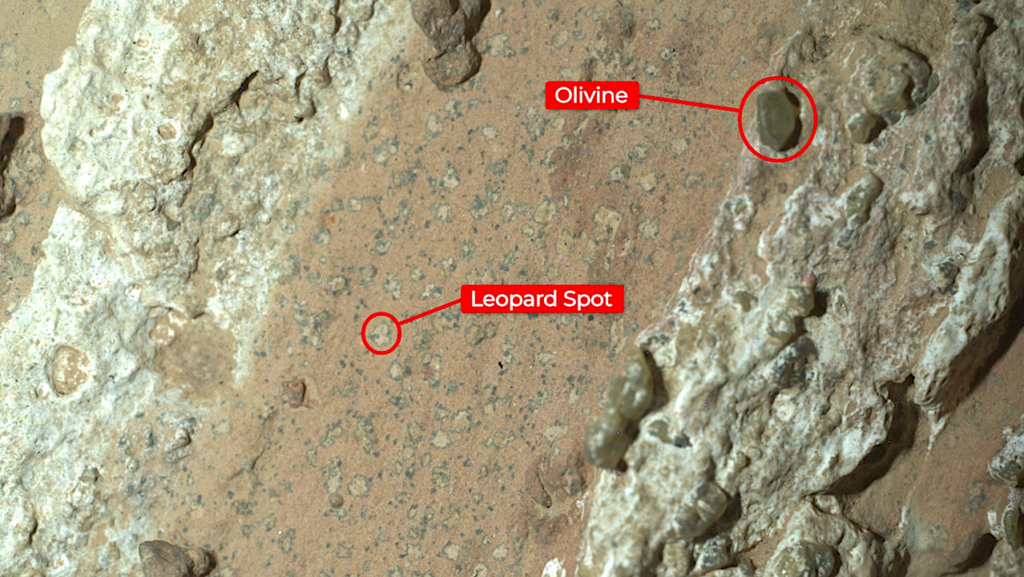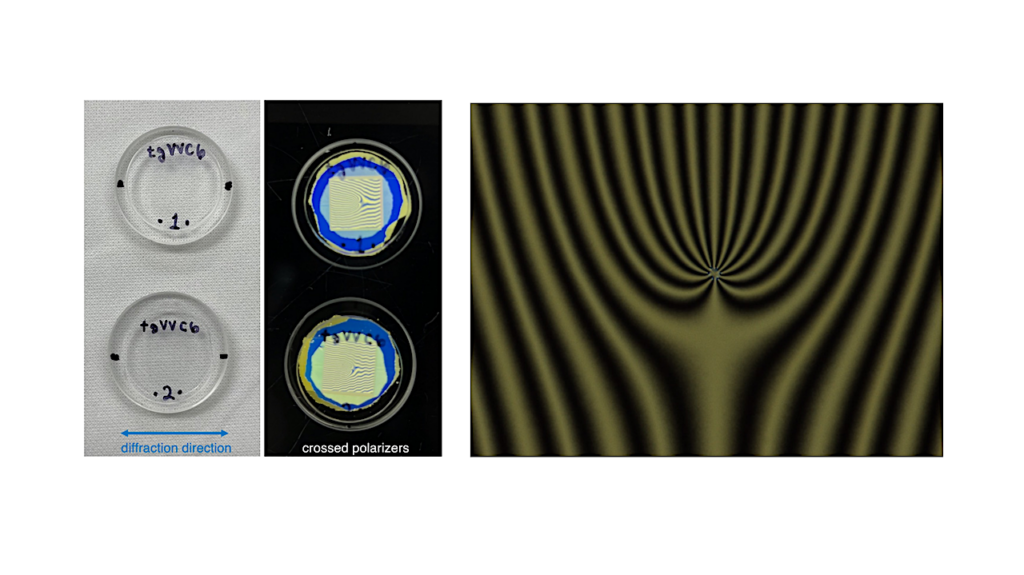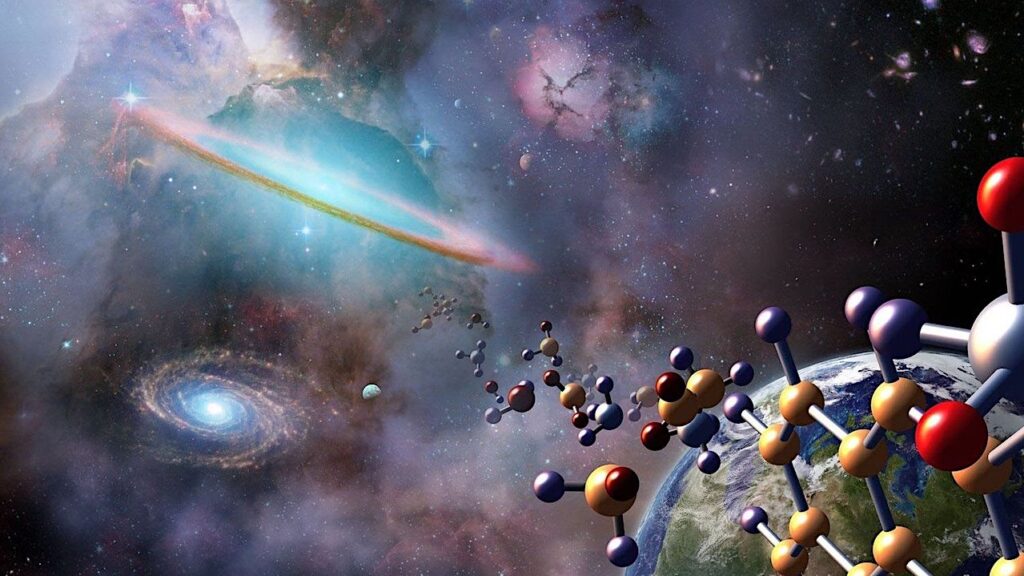Tricorder Tech: Solid-State Single-Molecule Sensing With The Electronic Life-detection Instrument For Enceladus/Europa (ELIE)
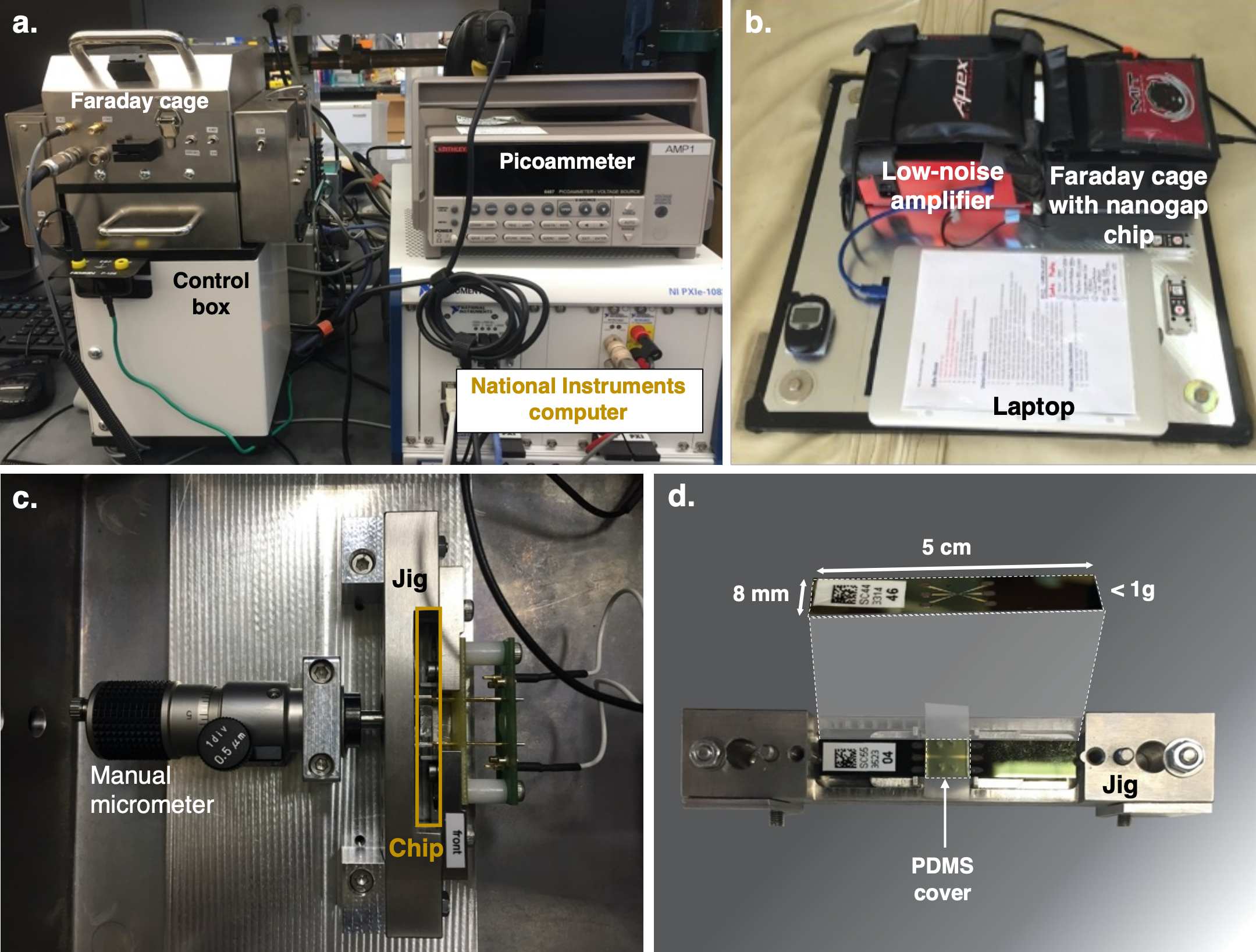
Growing evidence of the potential habitability of Ocean Worlds across our Solar System is motivating the advancement of technologies capable of detecting life as we know it – sharing a common ancestry or common physicochemical origin to life on Earth – or don’t know it, representing a distinct genesis event of life quite different than our one known example.
Here, we propose the Electronic Life-detection Instrument for Enceladus/Europa (ELIE), a solid-state single-molecule instrument payload that aims to search for life based on the detection of amino acids and informational polymers (IPs) at the parts per billion to trillion level. As a first proof-of- principle in a laboratory environment, we demonstrate single-molecule detection of the amino acid L-proline at a 10 µM concentration in a compact system.
Based on ELIE’s solid-state quantum electronic tunneling sensing mechanism, we further propose the quantum property of the HOMO–LUMO gap (energy difference between a molecule’s highest energy occupied molecular orbital and lowest energy unoccupied molecular orbital) as a novel approach to measure amino acid complexity. Finally, we assess the potential of ELIE to discriminate between abiotically and biotically derived (-amino acids in order to reduce false positive risk for life detection. Nanogap technology can also be applied to the detection of nucleobases and short sequences of IPs such as, but not limited to, RNA and DNA.
Future missions may utilize ELIE to target preserved biosignatures on the surface of Mars, extant life in its deep subsurface, or life or its biosignatures in the plume, surface, or subsurface of ice moons such as Enceladus or Europa.
One Sentence Summary: A solid-state nanogap can determine the abundance distribution of amino acids, detect nucleic acids, and shows potential for detecting life as we know it and life as we don’t.
Competing Interest Statement
The authors have declared no competing interest.
Christopher E. Carr, José L. Ramírez-Colón, Daniel Duzdevich, Sam Lee, Masateru Taniguchi, Takahito Ohshiro, Yuki Komoto, Jason M. Soderblom, M. T. Zuber
doi: https://doi.org/10.1101/2022.08.31.505913
PDF https://www.biorxiv.org/content/10.1101/2022.08.31.505913v1.full.pdf
Astrobiology, Tricorder,


